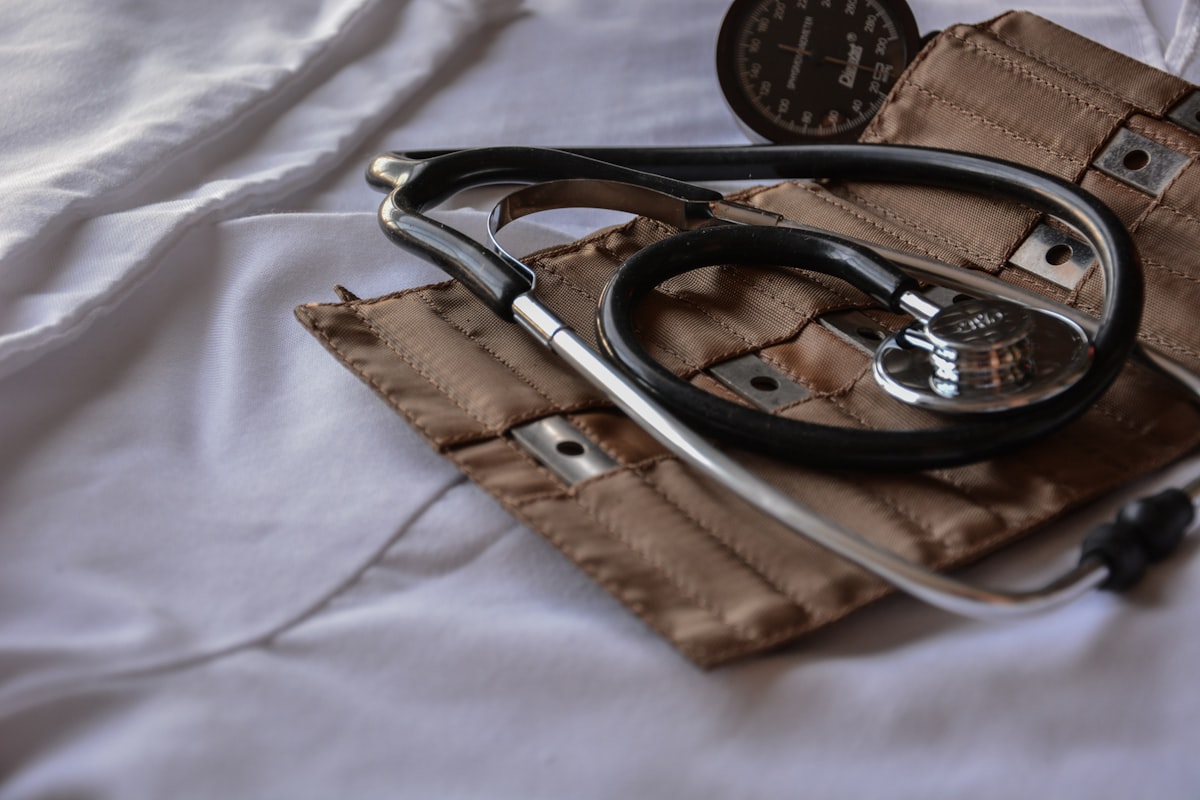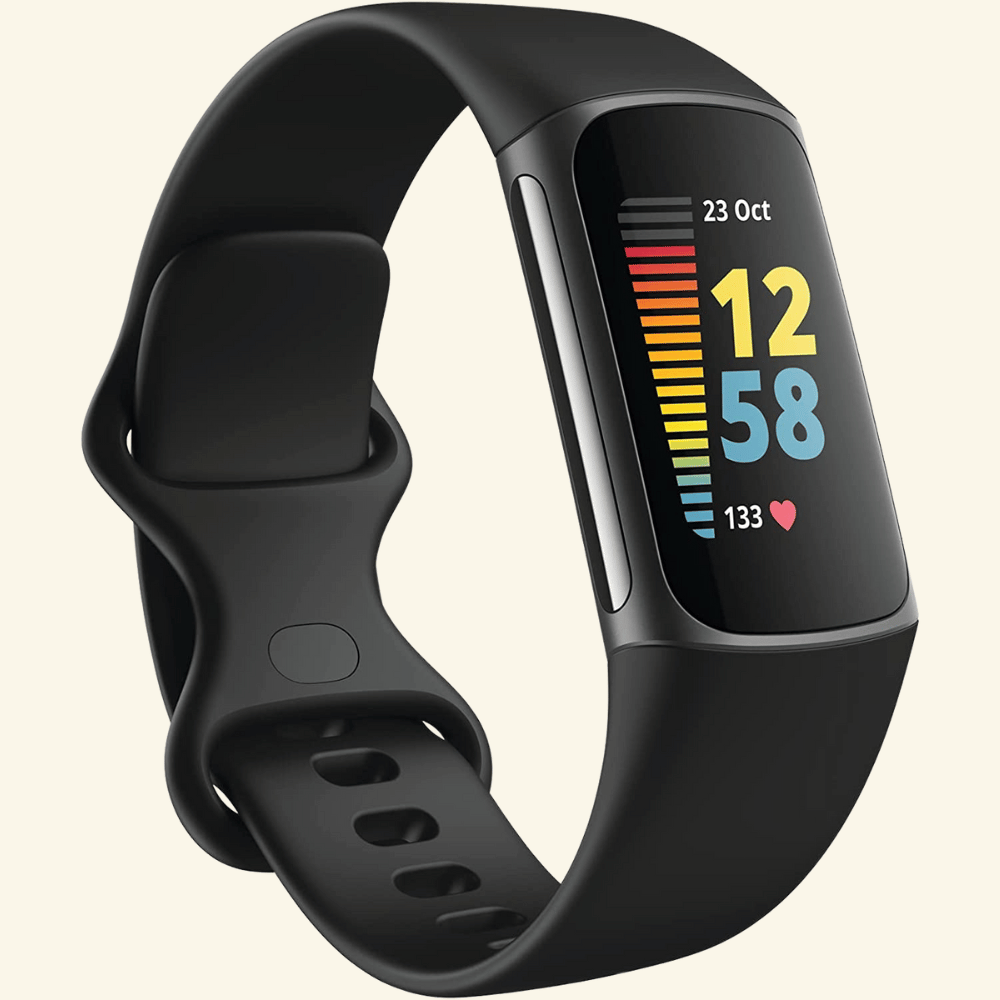Health and Fitness Progress Trackers

When beginning a new health and fitness routine, it is helpful to do an initial assessment of your current health and body state. As you use progress trackers, such as body measurements, photos, and journaling, you can see the improvements you have made.
Non-Measurement Progress Trackers
Pictures
Take a picture of your current body state. Use the same location, body position, and time of day to take the photograph. Keep a folder on your phone or computer of your dated photos. Tracking progress through photographs is a visual reminder of the physical progress you have made.
Journal
In a self-development journal, write down the goals and progress you have made throughout your health and fitness journey.
Measurement Progress Trackers
Heart Rate
Measure how many times your heart beats per minute. The WebMD article, Your Heart Rate, includes instructions on how to take your pulse. The range for a normal resting heart rate is 60-100 beats per minute. When exercising, you can work towards achieving your target heart rate. The article above describes how to calculate your target heart rate and how to use that number when exercising.
Blood Pressure
Normal blood pressure is 120/80 mm Hg. People who have raised blood pressure are prone to cardiovascular diseases. To lower blood pressure, practice heart-healthy habits.
Weight
A high amount of body fat can lead to being overweight. Therefore, if you are overweight, tracking your weight can show pounds lost or gained. For those who are underweight, track healthy weight gain through the scale as well. Healthy body weight depends on your sex and age. Just remember, weight is not always an accurate indicator of health. Body shape and composition are unique to every person, therefore, healthy body weight is unique to every person.
Body-Fat Percentage
Body fat percentage is the percentage of fat your body has. Common methods to measure body fat percentage are skin-fold measurements and bioelectrical impedance analysis. More accurate methods are x-ray analysis, water displacement, and DEXA body fat scan.
Body Mass Index
Body Mass Index (BMI) is a broad and general equation that provides a numerical rating of your health based on weight and height. As your BMI increases, your risk for weight-related diseases increases as well. Nevertheless, BMI doesn’t show body composition and cannot distinguish fat from muscle. The WebMD article, Body Fat Measurements, discusses the exact ranges for a healthy BMI and body-fat percentage and how to measure and equate them.
Tape Measurements
Grab a flexible tape measure and a close friend or family member to record the body measurements.
Thigh
Measure where the thigh meets the buttocks.
Hips
Measure the widest part of the hip.
Waist
Measure at the level of the navel.
Bicep
When measuring the bicep, use the same spot for accuracy.
Chest
To measure, lift up your arms and have someone wrap the tape measure around your chest. Measure above the nipple line with your arms lowered.
Shoulders
To measure, have both arms down at your side and have a friend measure the widest point from shoulder to shoulder.
Neck
Have a friend measure around your neck. Relax your neck and make sure your friend isn’t plotting to strangle you.
Bonus Measurement – Hair
If you are trying to grow your hair out long, a healthy lifestyle will promote healthy hair and cell growth. Measure how long your hair is and how quickly it grows when taking care of your body!
